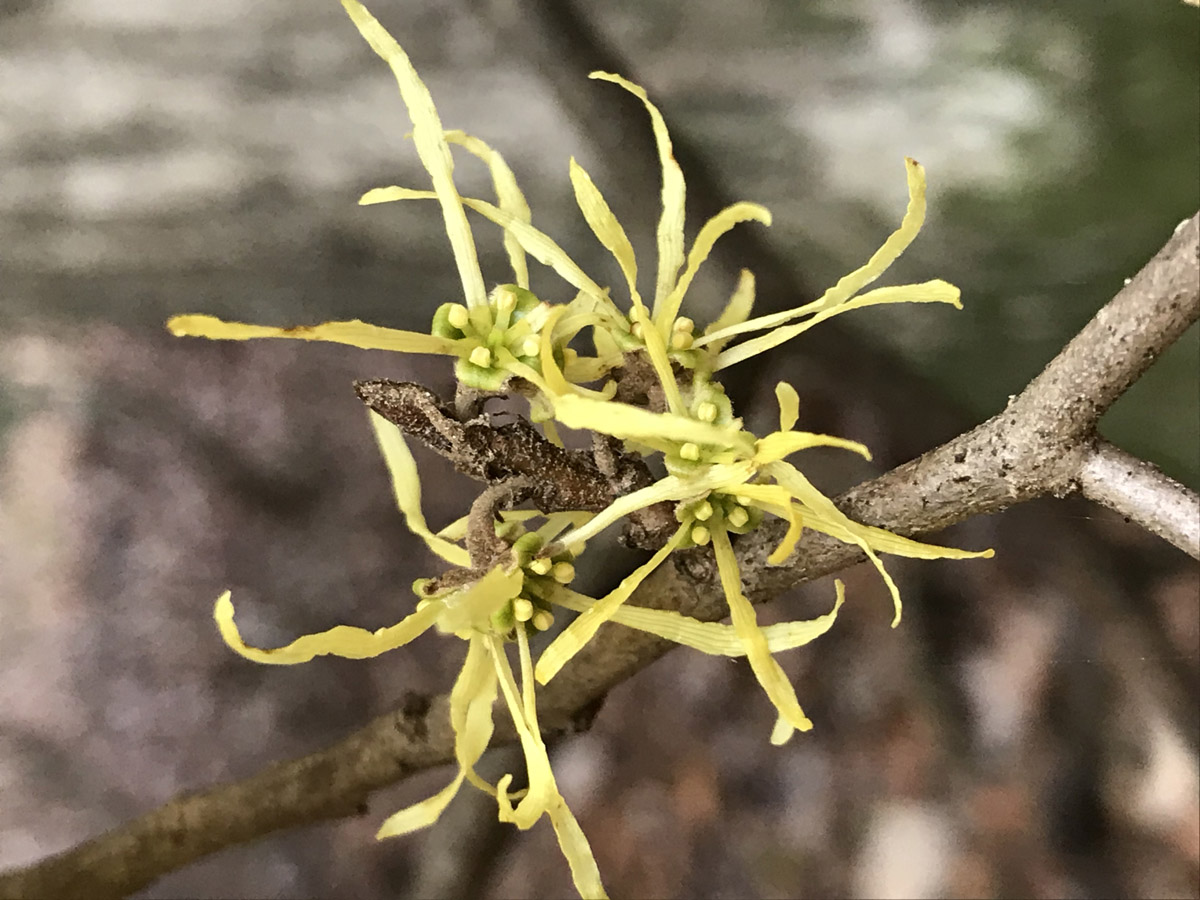
The asters and the goldenrods are fading into Fall, the last of the season’s flowering plants.
No! Wait!
The lovely native shrub witch hazel is now coming into full bloom. But you have to look closely. The leaves of the witch hazel are turning a lovely lemon yellow and may obscure the flowers. But you can’t miss them if you look. They are bright yellow with four, long spidery petals which will bloom from October through December, unaffected by freezing temperatures.
The witch hazel is unique. Both the flowers and ripe fruits appear on the plant at the same time. The fruit capsules split open in autumn and forcibly expel two shiny black seeds as much as 20 feet away. The seeds are eaten by birds and small mammals and the flowers are pollinated by late season flies and bees.
This is a wonderful shrub for the home landscape. It has few pests and will tolerate light deer browsing. It prefers part shade and, in the wild, grows as an understory tree. Consider planting it where you can view it up close so you don’t miss enjoying the colorful flowers in an otherwise gray landscape.

